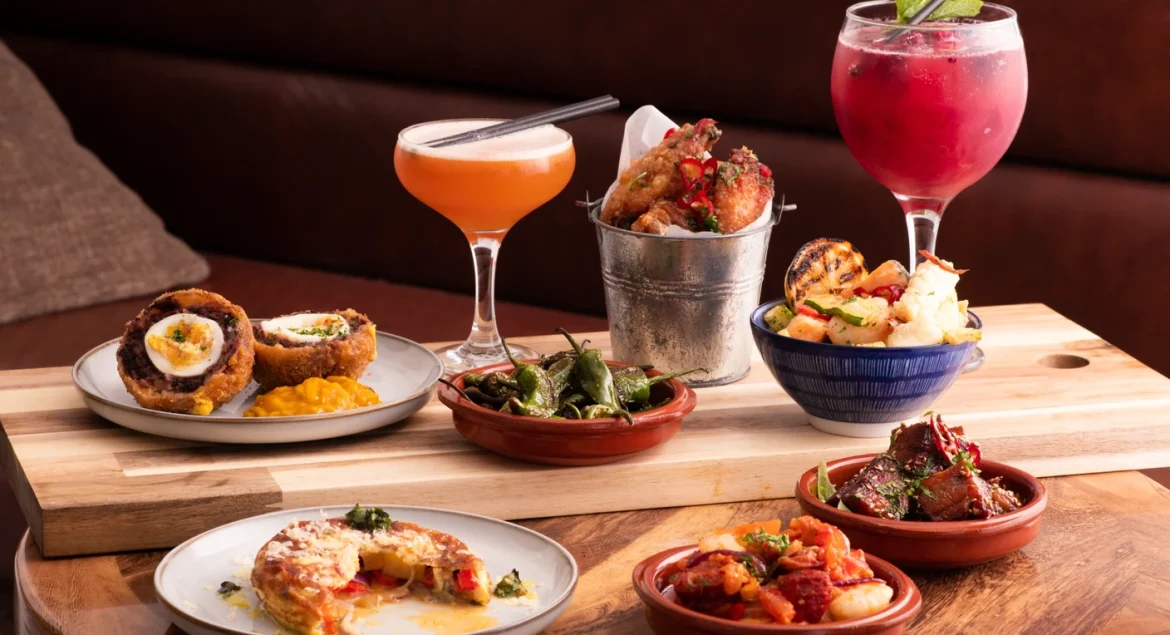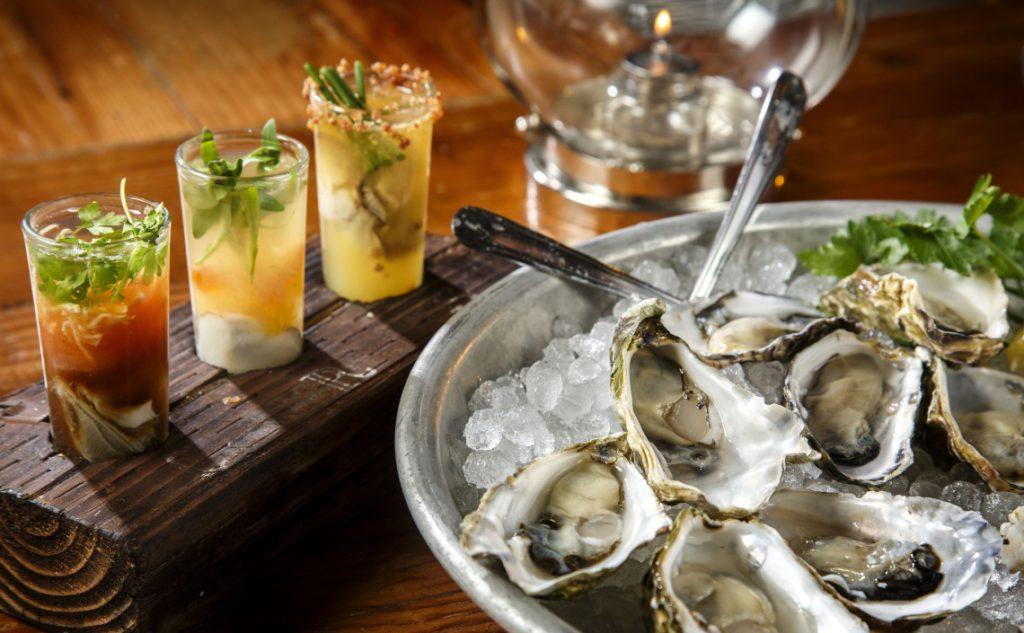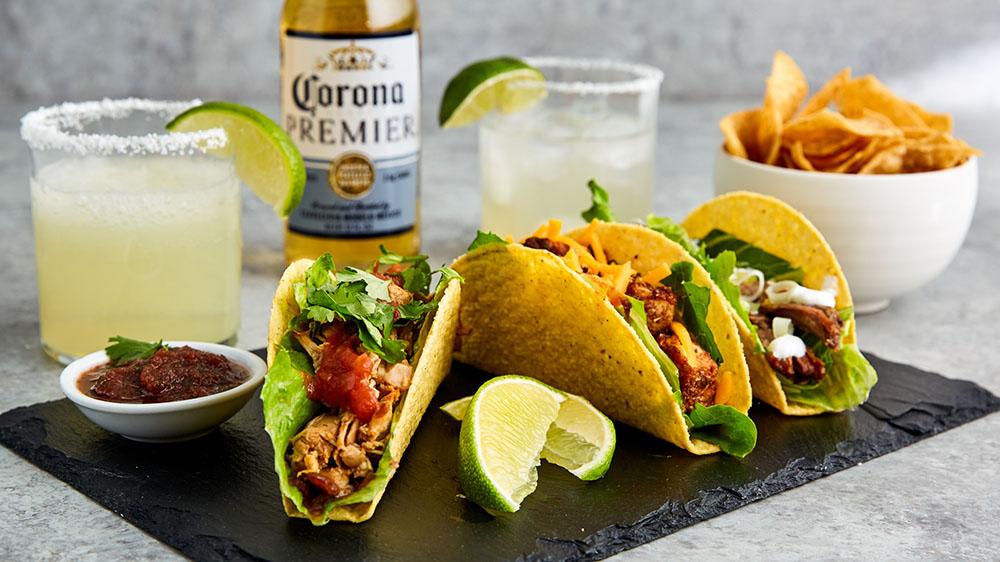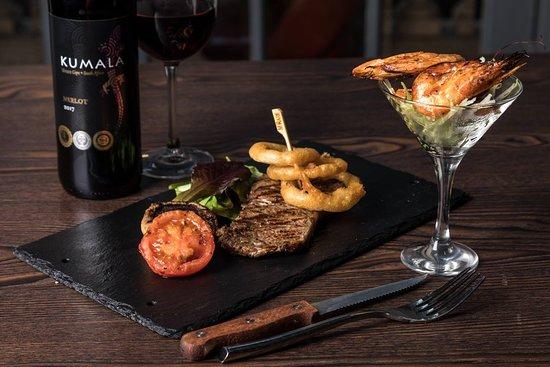
Pairing cocktails with food is an art form that can elevate your dining experience, transforming a simple meal into a memorable occasion. Much like wine pairings, the right cocktail can complement and enhance the flavors of a dish, creating a harmonious balance on the palate. In this article, we will explore the principles of cocktail and food pairing, provide examples of classic pairings, and offer tips for creating your own delightful combinations. Pairing cocktails with food is a delightful way to enhance your dining experience and explore new flavor combinations
The Basics of Cocktail and Food Pairing
When pairing cocktails with food, the goal is to create a balanced and enjoyable experience. Here are some key principles to keep in mind:
1. Balance of Flavors:
- Complementary Flavors: Pairing complementary flavors can enhance the overall taste experience. For example, a citrusy cocktail can brighten up a rich, creamy dish.
- Contrasting Flavors: Contrasting flavors can create an exciting dynamic. A spicy cocktail can add a kick to a sweet or mild dish.
2. Intensity Match:
- Matching Intensity: The intensity of the cocktail should match the intensity of the dish. A light, delicate dish pairs well with a subtle cocktail, while a bold, flavorful dish requires a robust drink.
3. Similar Aromas:
- Aromatic Harmony: Cocktails and dishes with similar aromatic profiles can create a seamless pairing. For instance, a cocktail with herbal notes can pair beautifully with a dish featuring fresh herbs.
4. Texture Considerations:
- Mouthfeel Balance: The texture of the cocktail and the dish should complement each other. A rich, creamy cocktail can enhance the mouthfeel of a velvety soup or dessert.
Classic Cocktail and Food Pairings
To get started with cocktail and food pairings, here are some classic combinations that showcase the principles mentioned above:
1. Martini and Oysters:

- The Cocktail: A classic Martini, made with gin or vodka and a hint of dry vermouth, is crisp and clean.
- The Dish: Fresh oysters on the half shell.
- Why It Works: The briny, oceanic flavors of the oysters are complemented by the Martini’s dryness, creating a refreshing and elegant pairing.
2. Margarita and Tacos:

- The Cocktail: A Margarita, made with tequila, lime juice, and triple sec, is tangy and slightly sweet.
- The Dish: Spicy, flavorful tacos, such as those filled with grilled shrimp or carne asada.
- Why It Works: The acidity and sweetness of the Margarita cut through the spice and richness of the tacos, providing a balanced and refreshing contrast.
3. Old Fashioned and Steak:

- The Cocktail: An Old Fashioned, made with bourbon, bitters, sugar, and a twist of citrus, is rich and robust.
- The Dish: A juicy, well-seasoned steak, such as a ribeye or filet mignon.
- Why It Works: The bold flavors of the Old Fashioned complement the savory, umami notes of the steak, while the bitters add complexity.
4. Mojito and Ceviche:

- The Cocktail: A Mojito, made with rum, lime juice, mint, sugar, and soda water, is light and refreshing.
- The Dish: Fresh ceviche, typically made with fish or seafood marinated in citrus juices.
- Why It Works: The bright, citrusy flavors of the Mojito enhance the fresh, zesty notes of the ceviche, creating a vibrant pairing.
5. Negroni and Charcuterie:

- The Cocktail: A Negroni, made with gin, Campari, and sweet vermouth, is bittersweet and complex.
- The Dish: A charcuterie board with cured meats, cheeses, olives, and nuts.
- Why It Works: The bittersweet profile of the Negroni cuts through the richness of the charcuterie, while the herbal notes complement the diverse flavors on the board.
Tips for Creating Your Own Pairings
Creating your own cocktail and food pairings can be a fun and rewarding experience. Here are some tips to help you experiment and find the perfect combinations:
1. Consider the Dominant Flavors:
- Identify the dominant flavors in both the cocktail and the dish. Think about how these flavors can either complement or contrast with each other.
2. Experiment with Acidity:
- Acidic cocktails, such as those with citrus or vinegar-based shrubs, can brighten up rich or fatty dishes. Try pairing a citrusy cocktail with fried or creamy foods.
3. Play with Sweetness:
- Sweet cocktails can balance out spicy or salty dishes. Consider pairing a fruity cocktail with spicy Asian cuisine or salty snacks like pretzels.
4. Use Herbs and Spices:
- Incorporate herbs and spices in both your cocktails and dishes to create aromatic harmony. For example, a cocktail with fresh basil can pair beautifully with a dish that includes basil pesto.
5. Match the Occasion:
- Think about the occasion and the setting. Lighter cocktails are often better suited for daytime or outdoor events, while richer, more robust cocktails can enhance an evening meal.
6. Don’t Be Afraid to Experiment:
- The best way to discover great pairings is through experimentation. Try different combinations and take notes on what works and what doesn’t.
Examples of Creative Pairings
Here are a few creative cocktail and food pairings to inspire your next dining experience:
1. Aperol Spritz and Prosciutto-Wrapped Melon:
- The Cocktail: Aperol Spritz, made with Aperol, prosecco, and soda water, is light and slightly bitter.
- The Dish: Sweet melon wrapped in salty prosciutto.
- Why It Works: The bitterness of the Aperol Spritz balances the sweetness of the melon, while the prosecco’s bubbles complement the prosciutto’s saltiness.
2. Dark and Stormy and BBQ Ribs:
- The Cocktail: Dark and Stormy, made with dark rum and ginger beer, is spicy and rich.
- The Dish: Smoky, tangy BBQ ribs.
- Why It Works: The spiciness of the ginger beer enhances the smoky flavors of the ribs, while the rum adds a depth that complements the BBQ sauce.
3. Cosmopolitan and Grilled Salmon:
- The Cocktail: Cosmopolitan, made with vodka, cranberry juice, lime juice, and triple sec, is tart and fruity.
- The Dish: Grilled salmon with a citrus glaze.
- Why It Works: The tartness of the Cosmopolitan enhances the citrus notes of the salmon glaze, creating a refreshing and balanced pairing.



